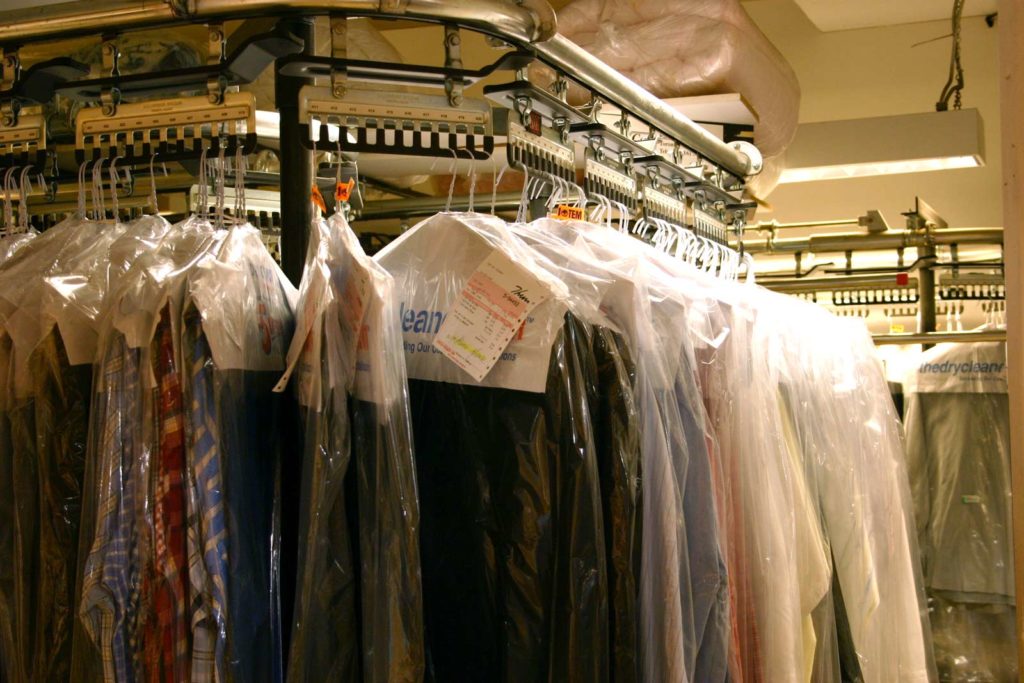Occasionally clients see governmental programs as a panacea for their environmental problems. One example is the Texas Dry Cleaner Remediation Program (DCRP). The program was implemented in 2007-2008 to fund the assessment and clean-up of contaminated sites occupied dry cleaners that used perchloroethylene (PERC) as a solvent. The program can be beneficial to owner/operators of dry cleaners who discover upon an attempted business sale or during refinancing assessments that the property underlying their space has been impacted by a PERC release to soils or groundwater or both. If the dry cleaners is up to date with their PERC and DCRP fees, the the TCEQ will fund the assessment and clean-up of their site – that is after a $5,000 deductible and the preparation and submission of an application performed by a Professional Geologist or Professional Engineer. The application details the known nature of the contamination, the dry cleaning equipment, and the possible receptors of the Perc groundwater contamination via a half-mile water well search. This helps the TCEQ rank the prioritization of the site as to the immediacy of the regulatory assessment and clean-up response.
However, if the dry cleaner is not current with fees or if the unlucky land owner must become the Responsible Party (RP), then the fees must be assessed at $1500 per year and $100/month in late fees. A land owner who has never personally paid any fees and cannot find the dry cleaner operator must pay back fees and penalties that currently total approximately $25,000, not including the $5,000 deductible and application preparation fee. It should be noted that this would be cheaper for the land owner than the average cost of a groundwater clean-up at cost of $100,000 and up. However, it should give pause to land owners with a minor release that would only require a soil clean-up. Down sides of the DCRP besides the fee is that the response time of the TCEQ may not meet your financial institute’s time line. Additionally, a well-meaning Petroleum Storage Tank program was defunded for a short period in the past with a similar goal for service station releases causing concern that this could happen to the DCRP. Although the TCEQ states that third party liability, neighbors impacted by migrated Perc releases, are covered by the DCRP, this has yet to be tested.
In conclusion, impacted property should ideally always be remedied by the RP. In lieu of that, it is good to have a State-funded clean-up program for what is an all-too common contaminant scenario. Before control of your property’s environmental issue is to be given over to a State program, a certain amount of assessment, beyond the minimum, should be under-taken. It is only when you understand your financial institution’s requirements, the TCEQ risk-based assessment/clean-up levels set for the property, and the breadth of your environmental issue, can you make a truly informed decision.

